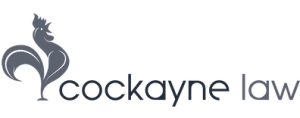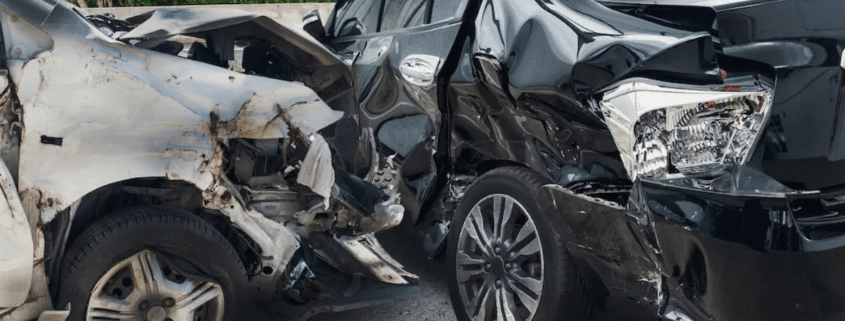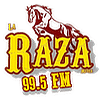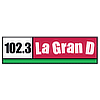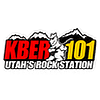T-Bone Car Accidents in Utah: A Complete Guide to Fault, Claims, and Fair Pay
Getting hit in the side at a light or stop sign is scary and confusing. Your door caves in, airbags pop, and right away the blame game starts. In Utah, there are clear rules for insurance, fault, and deadlines. You do not need legal talk to understand them. You need straight steps that protect your health and your claim.
In this guide, we cover what a T-bone crash is, how fault is proven, what no-fault PIP pays, when you can seek more, and how compensation works. If the case is complex or an insurer pushes a low offer, a car accident attorney in Utah can help you. He can collect the right proof and handle the calls while you focus on getting better.
Key Things You Should Know
- Side impacts often happen at intersections
- Utah uses a 50% fault bar
- PIP pays first for medical needs
- Pain and suffering needs a threshold
- Report crashes that hit legal limits
- Save photos, video, and all bills
What is a T-bone car accident?
A T-bone crash is a side-impact collision. One car’s front strikes the other car’s door area and the two vehicles form a “T.” These wrecks are common at four-way stops, left-turn lanes, flashing reds, and green lights where the other direction has a red. They also happen when a driver pulls out of a driveway or parking lot without a clear gap.
Car bodies are more susceptible to damage because the sides of cars have less surface area to absorb a hit. Safety groups note that side-impact crashes have long been a major share of traffic deaths, and tests used by the Insurance Institute for Highway Safety are built to mirror a real T-bone strike from an SUV into a car’s side.
Right after a crash, health comes first. Call 911, accept care, and follow doctor orders. If you can safely do it, take wide photos of the cars, the lanes, and the signals in each direction. Snap the skid marks, debris, and any “No Turn on Red” or “Left Turn Yield” signs.
Ask nearby stores or homes if they have exterior cameras aimed at the street. That footage can answer the key question in a T-bone case: who had the right of way when the impact happened.
Utah fault, claims, and pay after a T-bone crash
Fault rules that decide who pays
Utah uses modified comparative negligence. You are eligible to recover money if you are less than 50% at fault. If you share fault with the defendant, your award will be reduced. In this case, you are not entitled to recover from the other driver if you are more than 50% at fault. This rule is set by state law.
No-fault PIP and when you can claim more
Utah is a no-fault state for injury claims. Your Personal Injury Protection, known as PIP, pays first for medical care and certain lost income up to policy limits. To pursue pain and suffering from the at-fault driver, you must meet Utah’s threshold. One way is at least $3,000 in medical bills; other ways include a fracture, permanent disability, permanent disfigurement, or death. These standards come from the Utah Insurance Code.
Reporting the crash
According to state law, if anyone is injured or if there is property damage of $2,500 or more, the Department of Public Safety may require an accident report, and drivers are required to notify law enforcement. Police response and an official report help document fault and injuries.
Time limits
Lawsuits involving automobile injuries in Utah must usually be filed within four years. Do not wait to start your claim. Video gets erased, and witnesses move. A timely claim keeps options open.
An evidence checklist and a simple timeline that helps your case
What to gather
- Photos of vehicle positions, damage, skid marks, and all signals
- Names and contacts for witnesses and nearby camera owners
- Body-cam request info and the case number from the officer
- Invoices, bills, and out-of-pocket receipts
- Cover letter, claim number, and any records of statements
Why this proof matters
In a T-bone crash, right of way is everything. Signal timing logs, dashcam clips, store video, and event data from the cars can show who entered the intersection against a red or who turned left without a safe gap. Good photos of crush patterns help crash techs confirm impact angles. A clean medical paper trail links your symptoms to the crash. IIHS and federal safety work show why side impacts cause serious harm at even city speeds, which backs up the need for prompt treatment and follow-ups in your records.
A simple timeline
- Day 0 to 3: Get treated, report the crash if required, open your PIP claim, and save every receipt.
- Week 1 to 3: Collect video, witness statements, and signal data before it is gone.
- Month 1 to 3: Reach maximum medical stability or follow a care plan.
- Anytime: If fault is disputed or bills soar, speak with a lawyer early.
Hire the best car accident attorney: clear help for Utah drivers
You deserve a steady guide, not pressure. Ask any firm how soon they send letters to preserve video, how they get signal timing logs, and how often they update you. Make sure the lawyer explains Utah’s 50% fault bar in plain terms, handles your PIP claim paperwork, and deals with both insurers. If you are searching for a car accident lawyer in Utah, pay attention to how the first call feels. You should leave that call with a to-do list, not a sales pitch.
Why do many families call Chris Cockayne and Cockayne Law?
Chris Cockayne and his team keep the process simple and focused. They start fast with scene photos, traffic-light cycle data, and camera requests, then talk to witnesses while memories are still fresh. The team gathers your medical records, tracks bills, and makes sure PIP benefits are paid on time.
When Utah’s threshold is met, they press the at-fault carrier for fair pain-and-suffering pay. If fault is contested, they lean on Utah’s modified comparative negligence rule and fight to keep your share low so your recovery stays strong. You will get plain updates, clear answers on next steps, and real help with rental cars, wage forms, and provider liens.
If you need a car accident attorney in Utah who speaks straight and works hard on the details, Cockayne Law is ready to help.
Final Thoughts
A T-bone crash turns a normal day upside down. Start with care for your health, keep every record, and gather scene proof early. Utah’s PIP rules and the 50% fault bar shape how money flows and who pays.
If the other driver blames you or an insurer pushes a quick low offer, a car accident attorney in Utah can protect your claim and value the case the right way. Firms like Cockayne Law know how to build side-impact claims, use the right data, and talk to you in plain English while you focus on healing.
FAQs
What makes a T-bone crash different from other wrecks?
It is a side hit, usually at an intersection, where one car’s front strikes the other car’s door area. Because the side has less space to absorb force, injuries can be serious even at lower speeds, which is why quick medical care matters. Safety groups model tests on this exact type of strike.
Do I need a police report for my claim?
If anyone is hurt or damage looks to be $2,500 or more, state law allows the department to require an accident report, and drivers have duties to notify law enforcement. A report helps insurers and a jury see what happened and who likely caused it.
What does PIP pay in Utah?
PIP pays first for medical costs up to your policy limits and can include income loss and a small daily service benefit. To seek pain and suffering from the other driver, you must meet Utah’s threshold, such as $3,000 in medical bills or specific serious injuries.
What is a T-bone accident case worth?
Value depends on proof of fault, medical bills, future care, lost income, and how injuries affect daily life. Utah’s fault rule may reduce your award by your share of fault. Strong records and early video can raise case value by clarifying what happened.
What injuries are common in T-bone crashes?
Neck and back sprains, rib and hip injuries, shoulder tears, and head trauma are common due to the way force travels through the door area. Side-impact studies and tests reflect these risks, which is why your records should note all symptoms from day one.
Do I need a lawyer for a minor T-bone crash?
If injuries are small and bills are low, you may handle PIP and repairs yourself. Call a car accident lawyer Utah drivers trust if fault is disputed, you have lasting pain, the other driver denies a light, or an adjuster pushes a quick low offer.
What should I bring to my first lawyer call?
Have the police case number, photos, insurance letters, the other driver’s info, medical bills, and any video links or witness contacts. A good firm will help you request body-cam footage and light-cycle timing logs, then handle calls with both insurers.
